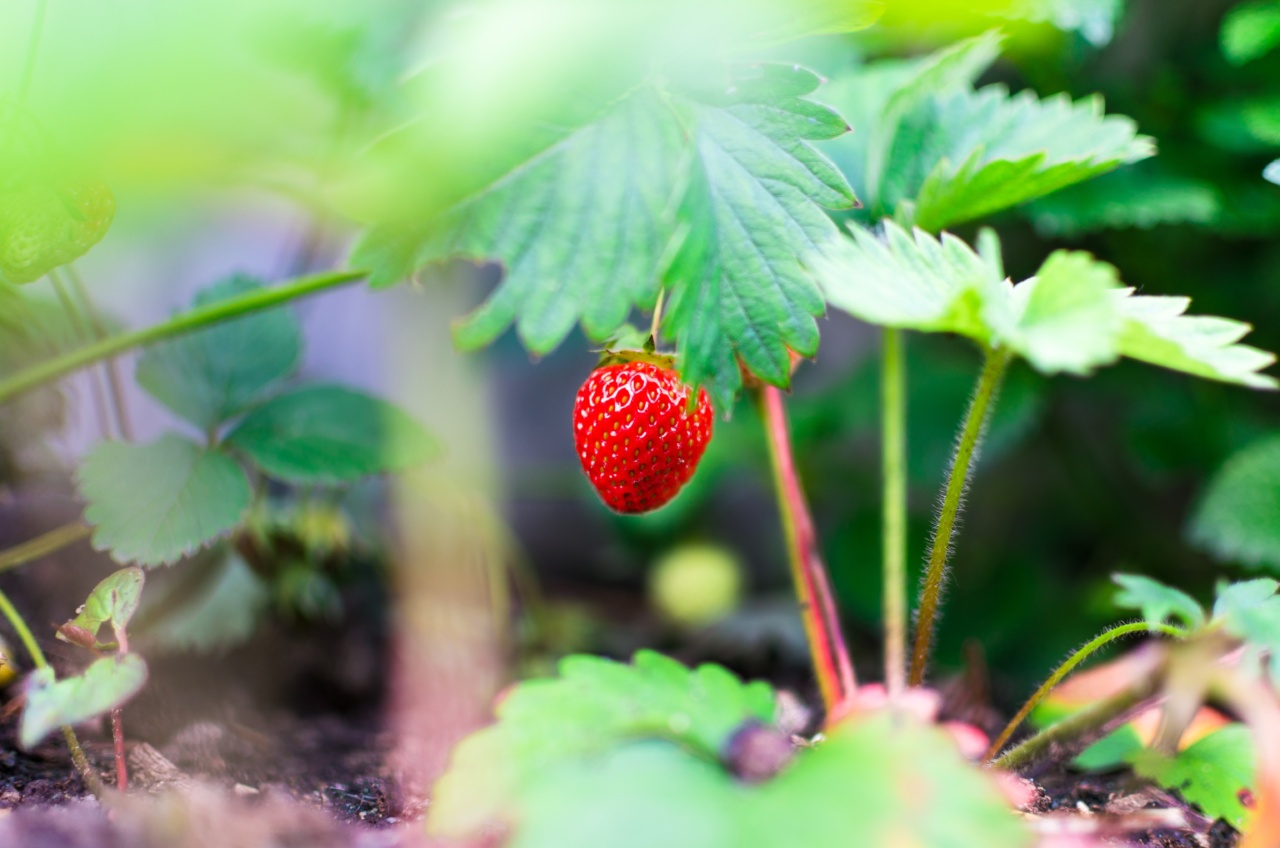As teenagers grow through adolescence, their bodies go through many changes including growth spurts. These changes in body size, shape, and appetite not only affect their physical activity but also their dietary habits.
According to research, teenagers tend to eat rougher foods during growth spurts.
What are growth spurts?
Growth spurts are periods of time when the body experiences a rapid increase in height and weight. During these growth spurts, teenagers may grow several inches in a matter of months and gain significant weight.
The onset of growth spurts differs among individuals, but they typically occur between the ages of 10 and 16, with the age and duration varying between individuals.
The link between growth spurts and appetite
During adolescence, the body requires an increased intake of calories, calcium, vitamin D, and other nutrients to fuel the rapid growth and development. Growth spurts lead to increased appetite to meet the increased nutritional requirements.
According to research, teenagers tend to prefer rougher foods during growth spurts.
What are rougher foods?
Rougher foods are those that require more chewing and exert more pressure on the teeth and gums. These foods include fruits and vegetables with skins and seeds, meats with gristle and bones, and nuts and seeds with shells.
Rougher foods provide more resistance and stimulation to the teeth and gums, and as a result, they require more chewing and stronger jaw muscles.
Why do teenagers prefer rougher foods during growth spurts?
There are several reasons why teenagers tend to prefer rougher foods during growth spurts. Firstly, rougher foods require more chewing, which leads to increased saliva production.
Saliva contains enzymes that break down food molecules and neutralize acids in the mouth, protecting the teeth and gums from decay and disease. Secondly, rougher foods provide more resistance and sensory stimulation to the teeth and gums, which increases the development and strength of the jaw muscles.
Thirdly, rougher foods are typically more nutrient-dense and fibrous, providing the body with the essential nutrients required for growth and development.
The benefits of rougher foods during growth spurts
Rougher foods have several benefits for teenagers during growth spurts. Firstly, they promote good oral health by stimulating saliva production, which helps fight tooth decay and gum disease.
Secondly, they strengthen the jaw muscles, leading to a stronger and more defined jawline. Thirdly, they provide essential nutrients and fiber required for growth and development.
The drawbacks of rougher foods during growth spurts
While rougher foods are beneficial for teenagers during growth spurts, they do have some drawbacks. Firstly, they may require more time and effort to prepare and consume.
Secondly, they may be more difficult to chew and may require more dental maintenance. Lastly, they may cause discomfort or pain, especially if the development of the jaw muscles lags behind the growth of the teeth.
How to encourage rougher foods
Parents and caregivers can encourage teenagers to eat rougher foods by offering a variety of options that are easy to prepare and consume.
Fresh fruits and vegetables can be sliced or cut into bite-size pieces, meats can be cooked until tender and removed from bones and gristle, and nuts and seeds can be roasted and shelled. Parents can also consider offering healthy dips and sauces that complement the taste and texture of rougher foods.
Conclusion
Teenagers tend to eat rougher foods during growth spurts due to the increased nutritional requirements, stronger jaw muscles, and oral health benefits.
While rougher foods do have some drawbacks, parents and caregivers can encourage the consumption of healthy, nutritious options that are easy to prepare and consume.




























